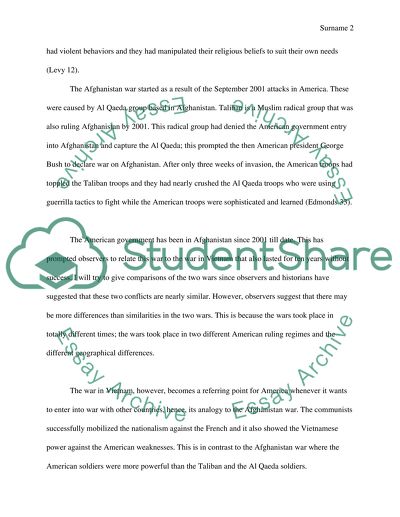Cite this document
(“A comparison argument (or contrast, but not both) between a limited Research Paper”, n.d.)
A comparison argument (or contrast, but not both) between a limited Research Paper. Retrieved from https://studentshare.org/english/1591435-a-comparison-argument-or-contrast-but-not-both-between-a-limited-aspect-of-the-viet-nam-conflict-and-our-conflict-in-afghanistan
A comparison argument (or contrast, but not both) between a limited Research Paper. Retrieved from https://studentshare.org/english/1591435-a-comparison-argument-or-contrast-but-not-both-between-a-limited-aspect-of-the-viet-nam-conflict-and-our-conflict-in-afghanistan
(A Comparison Argument (or Contrast, But Not Both) Between a Limited Research Paper)
A Comparison Argument (or Contrast, But Not Both) Between a Limited Research Paper. https://studentshare.org/english/1591435-a-comparison-argument-or-contrast-but-not-both-between-a-limited-aspect-of-the-viet-nam-conflict-and-our-conflict-in-afghanistan.
A Comparison Argument (or Contrast, But Not Both) Between a Limited Research Paper. https://studentshare.org/english/1591435-a-comparison-argument-or-contrast-but-not-both-between-a-limited-aspect-of-the-viet-nam-conflict-and-our-conflict-in-afghanistan.
“A Comparison Argument (or Contrast, But Not Both) Between a Limited Research Paper”, n.d. https://studentshare.org/english/1591435-a-comparison-argument-or-contrast-but-not-both-between-a-limited-aspect-of-the-viet-nam-conflict-and-our-conflict-in-afghanistan.


